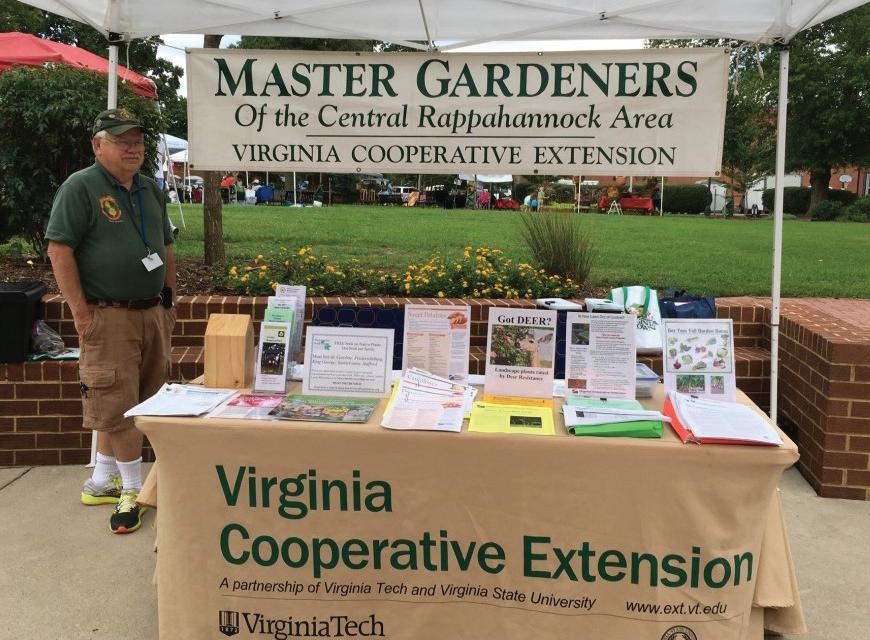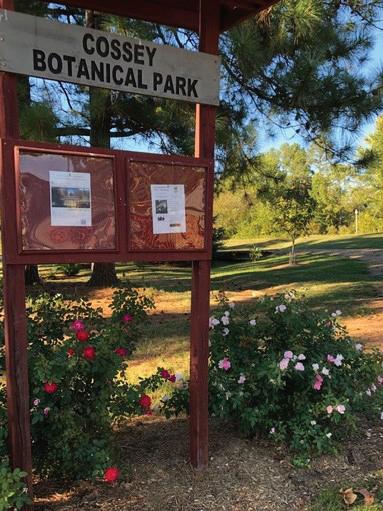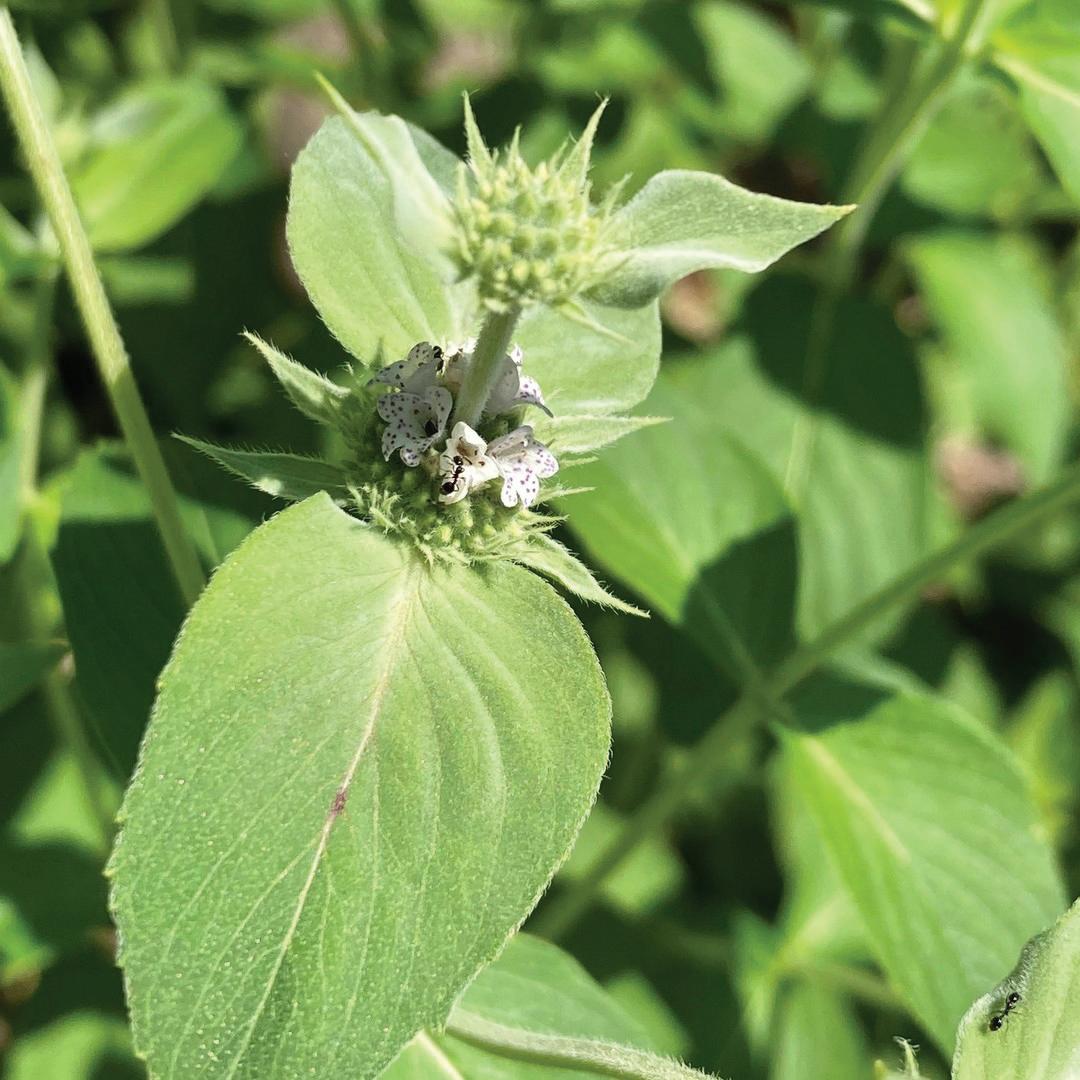
3 minute read
In the Garden Pollinators & parks
By tina will
beautify their own yard, and create an inviting habitat that will bring them back every year. Information on Pollinator Week can be found here: www.pollinator.org/pollinator-week. Virginia Cooperative Extension's Hort-59 "Creating Inviting Habitats" l ists the plants needed to attract birds and butterflies: www.pubs.ext.vt.edu/HORT/HORT59/HORT-59.html.
Advertisement
Celebrate Pollinator Kick-OOff Week on June 17
Caterpillars are not my favorite; they eat my plants and probably yours too. But, as with most insects, the adult moths and butterflies not only act as pollinators, they (and larval stages too) are also food for birds. The application of pesticides to control mosquitos has reduced the insect population, and sickened birds and other small animals. Our garden produce yields are also reduced; the fact that gardeners have resorted to hand pollinating a zucchini (like my brother-in-law) or other planting in their garden is alarming.
How can we change this? Plant more flowers and use fewer pesticides! June 19-23 is pollinator week and it is celebrated nationally to encourage people to grow what pollinating insects need,
In Fredericksburg, Master Gardener Laurie Clarkston is leading the Pollinator Week effort. It begins on Saturday, June 17 from 10 to 3 p.m. at our Fredericksburg library in the Theater room, 1201 Caroline St, Fredericksburg. Come to this kick-off event and bring your children. We are expecting local groups to be there with information to share about activities they are doing to encourage pollinators. Also, to encourage quantity). Bring a flower you have grown to this Flower Show (same location) for fun, and to show others what you've done; ribbons will be awarded. Encourage your children to participate. Look for information on our website www.mgacra.org
Cossey Botanical Park 1601 Kenmore Ave
Master Gardeners are very grateful to the Fredericksburg Parks Department for their help in obtaining mulch, mowing, and encouraging us to develop the park to be an educational destination as well as a beautiful one. To that end we are locating the VCE/MG Plant planned, we will post flyers at the Dorothy Hart Community Center and other locations downtown, as well as in the newspaper and on website and www.facebook.com/MGACRA. Many hands have made weeding, pruning, and mulching tasks easier and more enjoyable. Happily, a wonderful group of Master Gardeners and MG interns have rallied to help with these tasks recently. There is so much beauty and variety at this park; come take a walk there, and bring your gardening questions on the 1st and 3rd Saturdays this Summer.


Tina Will is a Master Gardener and lives in Stafford County. She can be reached at brianandtina.will@gmail.com flower growing efforts, Master Gardeners will be giving out small pots of native plants: one per family, and small pots of annual seedlings to children interested in participating in the Master Gardener Flower Show at the end of the Summer on August 22 and 23 (one per child, limited

C l i n i c / I n f o r m a t i o n table to be in this park on the 1st and 3rd Saturdays of the Summer months through September. June dates are Saturdays June 3 and June 17 from 9 to 11 a.m.
There are plans for an Herb Garden to take the place of the perennial garden. We also hope to conduct other talks and plant tours. When those are
Pollinstor Week Kick off With Master Gardener Laurie Clarkston Saturday, June 17 10 to 3 p m
CRRL Theater room, 1201 Caroline St Info: www mgacra org
Master Gardeners Plant Clinics: Sspotsy Farmers Market, Gordon Rd, Saturdays
FXBG Farmers Market, Hurkamp PArk Saturdays

A polite mint that spreads slowly and won't take over the whole garden?!? Mountain Mint, or 'Pycnanthemum muticum' is a Virginia native plant and member of the mint family (lamiaceae). It was first discovered by the French botanist Andre Michaux in 1790, when he found masses of the plant growing in Pennsylvania. Although the common name is Mountain Mint, it actually does not grow in mountainous regions, but rather in open, moist fields and forest edges, often located along the lower elevations of a mountain. And while it is a mint and will do a bit of spreading, it is a great 'weed-suppressing' plant and does not spread as invasively as other common mint plants.
The flowers open over a 3 month period beginning in June and are a great source of nectar for bees, beneficial wasps, moths and butterflies! In fact, it is rare that the plants are not a flurry of activity when in bloom. Much like a typical mint, the foliage is very aromatic when rubbed











